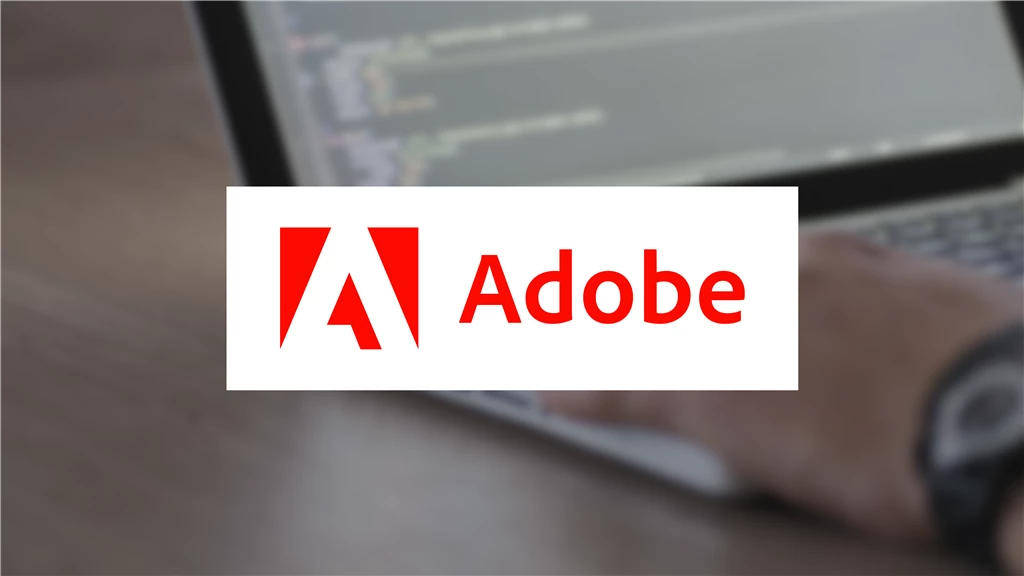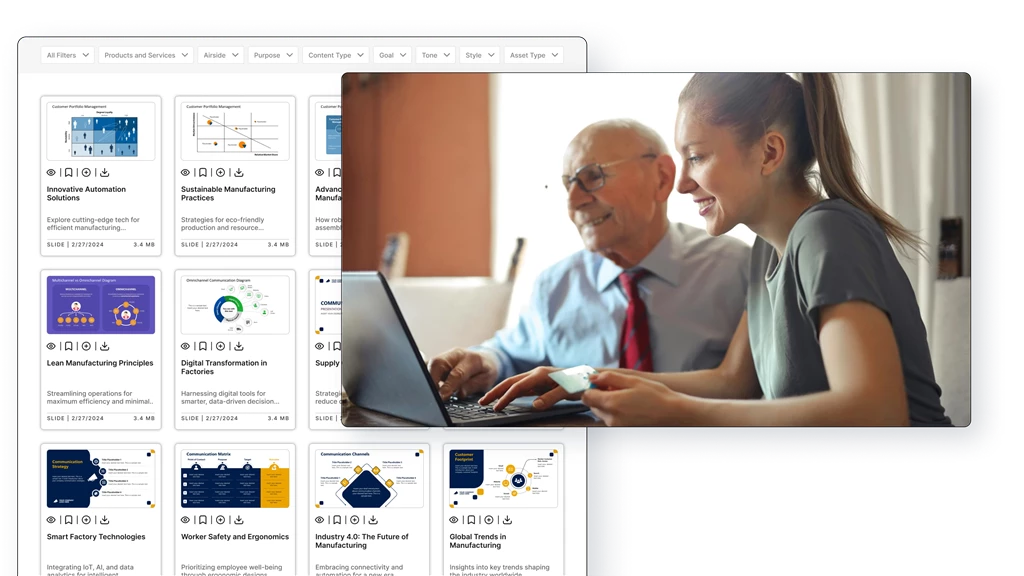1. Brand Asset Management (BAM) Systems
Purpose: To manage and maintain brand consistency across all marketing and communication channels.
Overview: Brand Asset Management systems are specialized DAM systems focused on storing, organizing, and distributing brand-related assets, such as logos, templates, marketing materials, and brand guidelines. These systems are particularly useful for companies with multiple teams, departments, or external partners who need access to brand assets. BAM systems ensure that everyone is using the correct, up-to-date versions of brand assets, maintaining brand consistency across all channels.
Key Features:
- Centralized repository for brand assets
- Version control to ensure the latest assets are used
- Permissions and access control for different user roles
- Tools for creating and managing brand guidelines
- Integration with design and marketing platforms
Best For: Marketing teams, brand managers, and agencies that need to maintain strict control over brand identity.
2. Library Asset Management (LAM) Systems
Purpose: To store and manage large collections of media files, such as images, videos, and audio.
Overview: Library Asset Management systems are designed for organizations with extensive media libraries. These systems provide advanced tools for cataloging, searching, and retrieving media assets, making it easy to find and use the right content when needed. LAM systems often include features like metadata tagging, AI-powered search, and batch processing to handle large volumes of files efficiently.
Key Features:
- Advanced search and metadata tagging for quick retrieval
- Support for various media formats (images, videos, audio)
- Tools for batch uploading and processing
- AI-driven search capabilities (e.g., object recognition in images)
- Integration with creative software like Adobe Creative Cloud
Best For: Media companies, creative agencies, and organizations with large collections of visual or audio content.
3. Production Asset Management (PAM) Systems
Purpose: To manage digital assets during the production process, particularly in video and multimedia projects.
Overview: Production Asset Management systems are specialized for managing assets in the context of production workflows, such as video editing, animation, and game development. PAM systems focus on the organization, collaboration, and versioning of assets during the production phase. These systems are essential for teams working on complex multimedia projects where multiple versions and formats of assets need to be managed simultaneously.
Key Features:
- Version control and tracking for production assets
- Collaborative tools for team workflows
- Support for multiple formats and resolutions
- Integration with video editing and production software
- Tools for managing production timelines and tasks
Best For: Video production companies, animation studios, game developers, and multimedia teams.
4. Marketing Resource Management (MRM) Systems
Purpose: To manage marketing assets and campaigns across various channels and platforms.
Overview: Marketing Resource Management systems are DAM systems designed to handle the complexities of marketing operations. MRM systems provide tools for managing digital assets, campaign planning, budgeting, and execution. These systems are particularly useful for organizations that run multiple marketing campaigns simultaneously and need to ensure consistent messaging and branding across all channels.
Key Features:
- Centralized management of marketing assets
- Tools for campaign planning and execution
- Budget tracking and resource allocation
- Integration with CRM, email marketing, and social media platforms
- Reporting and analytics for campaign performance
Best For: Marketing departments, advertising agencies, and organizations with complex, multi-channel marketing operations.
5. Enterprise Asset Management (EAM) Systems
Purpose: To manage a wide range of digital assets across large organizations with diverse needs.
Overview: Enterprise Asset Management systems are comprehensive DAM solutions designed for large organizations with complex asset management requirements. EAM systems can handle various types of assets, including documents, media files, presentations, and more. These systems provide robust features for collaboration, workflow automation, and integration with other enterprise systems like ERP and CRM.
Key Features:
- Scalable architecture to handle large volumes of assets
- Workflow automation for asset creation, approval, and distribution
- Integration with enterprise systems (ERP, CRM, etc.)
- Advanced security and compliance features
- Customizable user roles and permissions
Best For: Large enterprises with diverse departments and complex asset management needs.
6. Cloud-Based DAM Systems
Purpose: To provide flexible, scalable digital asset management through cloud technology.
Overview: Cloud-Based DAM systems offer the flexibility of accessing and managing digital assets from anywhere with an internet connection. These systems are hosted on the cloud, which means they don’t require on-premises hardware and are easily scalable. Cloud-based DAM systems are ideal for organizations looking for a cost-effective, scalable solution that can grow with their business.
Key Features:
- Access from any device with an internet connection
- Scalability to handle growing volumes of assets
- Reduced IT overhead (no need for on-premises servers)
- Automatic updates and security patches
- Integration with cloud storage services and other SaaS platforms
Best For: Small to medium-sized businesses, remote teams, and organizations looking for a scalable, flexible DAM solution.
7. Open-Source DAM Systems
Purpose: To provide a customizable, cost-effective digital asset management solution.
Overview: Open-Source DAM systems are built on open-source software, meaning the source code is available for anyone to use, modify, and distribute. These systems are highly customizable, allowing organizations to tailor the DAM to their specific needs. Open-source DAM systems are ideal for businesses with technical expertise or development teams that want full control over their asset management system.
Key Features:
- Customizable to fit specific business needs
- No licensing fees (open-source)
- Active community support and ongoing development
- Integration with other open-source tools and platforms
- Flexibility to add or modify features
Best For: Organizations with in-house development teams or those seeking a highly customizable and cost-effective DAM solution.



